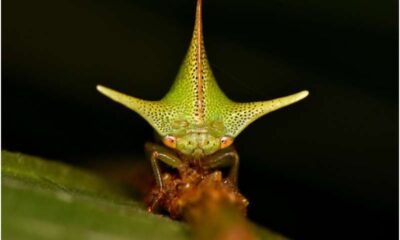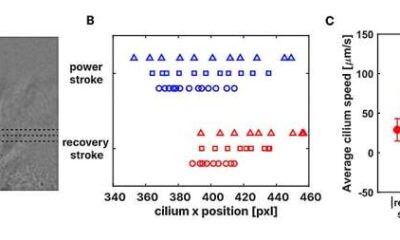Science
Research Links Static Electricity to Treehopper Body Shapes
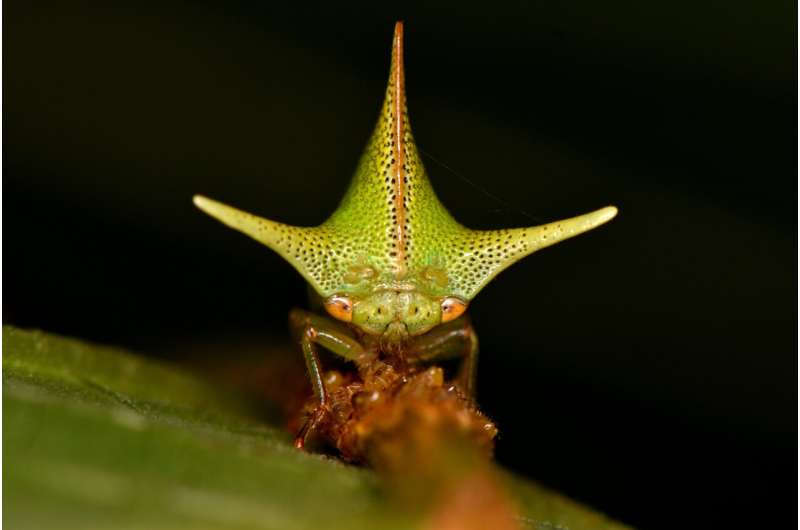
A groundbreaking study from the University of Bristol suggests that the ability to detect static electricity may play a significant role in the evolution of the extreme body shapes of treehoppers. This research, led by Dr. Sam England and Professor Daniel Robert, was published in the Proceedings of the National Academy of Sciences on August 2, 2025.
Treehoppers, a diverse group of insects with over 3,000 species, are renowned for their unusual and varied morphologies, which include distinct features like horns, spines, and tridents. Despite their fascinating appearance, scientists have struggled to determine the adaptive significance of these peculiar shapes across the entire family of treehoppers. Traditional theories such as camouflage and mimicry apply to specific species but fail to explain the broader diversity.
Dr. England and Professor Robert’s research builds on recent findings that certain insects can perceive static electricity. They hypothesized that treehoppers’ unique body shapes may enhance their sensitivity to electric fields. Their experiments revealed that predatory wasps generate static electricity, prompting treehoppers to retreat from electric fields.
Using advanced computational methods, the researchers demonstrated that the extreme morphologies of treehoppers could amplify the electric field strength surrounding them, thereby increasing their electroreceptive capabilities. This suggests that treehoppers might use electrical signals to differentiate between potential threats and allies.
In their analysis, the team discovered that predatory wasps possess distinct electrostatic charges, differing in both magnitude and polarity from the friendly stingless bees that often provide protection to treehoppers. This finding implies that treehoppers could potentially identify their foes purely through electrical means.
Dr. England remarked, “We think our study provides a really exciting launch pad for investigating static electricity as a driver of organismal morphology more generally.” He noted the potential for similar studies across other species, including insects, spiders, and plants that exhibit extreme shapes, many of which currently lack clear explanations for their forms.
The researchers plan to further explore how varying treehopper morphologies might adapt to specific electrical environments. Dr. England added, “If we can link treehopper shapes to certain aspects of their electrical ecology, like specific predators which approach from certain angles with particular static charges, this would really begin to strongly support our ideas around static electricity as an evolutionary driver.”
This pioneering research opens new avenues for understanding the relationship between sensory perception and morphological evolution in the natural world. As the study progresses, it may not only shed light on treehoppers but also on a broader range of organisms that exhibit extreme morphological adaptations.
The full study can be accessed in the Proceedings of the National Academy of Sciences under the title “Electroreception in treehoppers: How extreme morphologies can increase electrical sensitivity.”
-

 Politics3 weeks ago
Politics3 weeks agoPlane Crash at Southend Airport Claims Four Lives After Takeoff
-
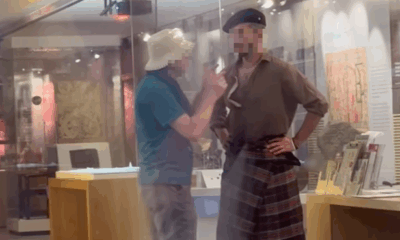
 Top Stories3 weeks ago
Top Stories3 weeks agoAustralian Man Arrested for Alleged Damage to Stone of Destiny
-

 Business3 weeks ago
Business3 weeks agoTrump’s “One Big Beautiful Bill” Faces Economic Scrutiny
-

 Business3 weeks ago
Business3 weeks agoNew Study Links Economic Inequality to Lower Well-Being Globally
-

 Entertainment4 days ago
Entertainment4 days agoEmmerdale Characters Face Danger as Stabbing Shakes Village
-

 Sports3 weeks ago
Sports3 weeks agoSheffield United’s Young Talent Embraces Championship Opportunity
-

 Lifestyle3 weeks ago
Lifestyle3 weeks agoBrits Identify Adulting Challenges: Cleaning, Cooking, and Time Woes
-

 Sports3 weeks ago
Sports3 weeks agoEverton Pursues Johan Bakayoko as Transfer Deadline Approaches
-
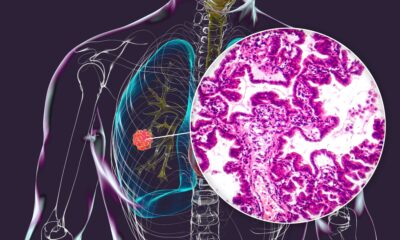
 Health3 weeks ago
Health3 weeks agoAI Tool EAGLE Streamlines Lung Cancer Mutation Detection
-

 Science3 weeks ago
Science3 weeks agoStudy Reveals Widespread Flooding in North Carolina Exceeds Expectations
-

 Politics3 weeks ago
Politics3 weeks agoUncertain Future for The Royal Albert Pub as Landlord Departs
-

 Health3 weeks ago
Health3 weeks agoWomen’s Health Topics Face Overwhelming Censorship on Social Media

